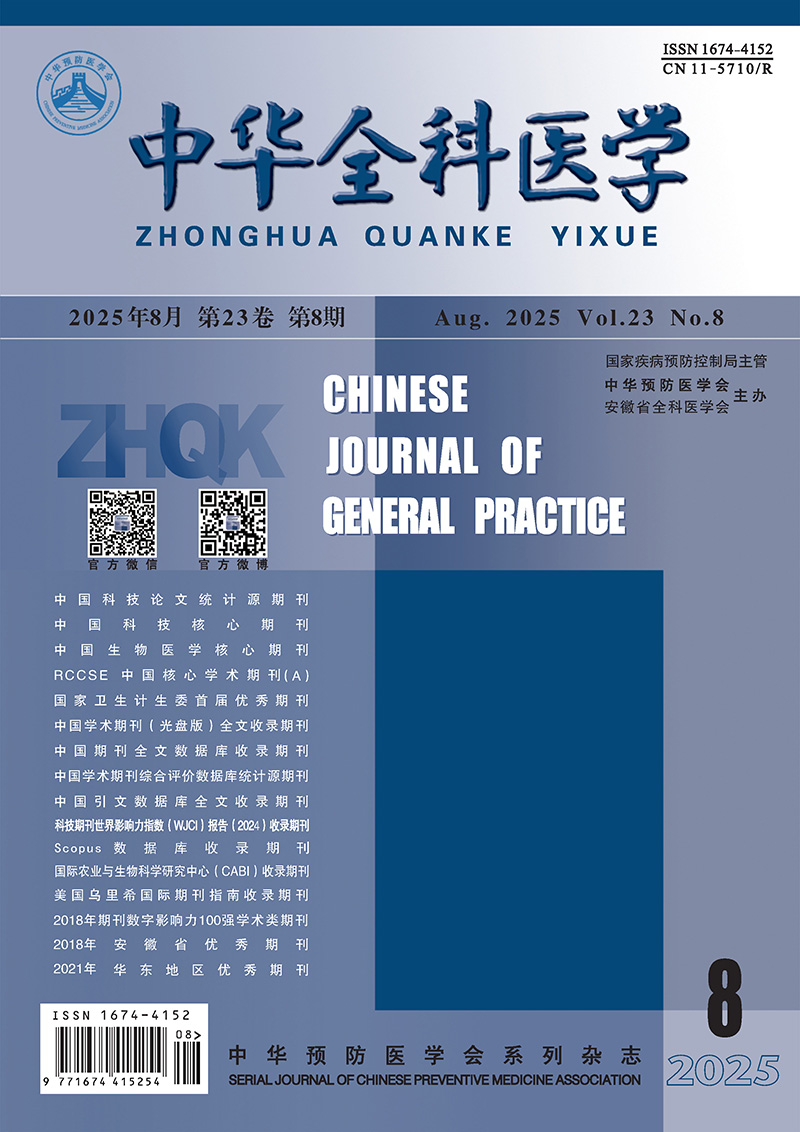Abstract:
Objective Via discussion of the immunological basis of apoptosis and atrophy to gastric gland cell and gastric mucosal induced by deficiency of spleen and stomach qi, to detect the changes of small molecular protein in blood and urine of patients with chronical atrophic gastritis. Methods The proteins, including IL-2, IL-4, IL-6, IL-7, IL-8, IL-10, IL-12,IL-15, IL-17, IL-1β, IL-1Ra, MIF, IFN-γ, SCF, were chosen. A total of 111 patients with CAG were selected as study objects and were classified by TCM syndrome type. The distribution of syndromes were 32 cases of deficiency syndrome of spleen and stomach qi, 33 cases of damp-heat syndrome of spleen and stomach, 46 cases of disharmony syndrome of liver and stomach. The 33 cases were included in the control group. The supernatant of blood and urine were collected before and after treatment for three months. Syndrome-related proteome of CAG possessing good specificity and susceptibility will be determined by liquid suspended bio-chip fluorescence detection technique. Results First before treatment, protein change of CAG TCM Syndrome compared with control group were as follows: in blood of CAG patients, the expression of IL-2, IL-12, IL-17 were decreased, and increased with IL-4, IL-7, IL-8, IL-1β, IL-1Ra, MIF, IFN-γ. The expression were decreased with IL-6, IL-12, IL-15, IL-17 in urine, and increased with IL-2, IL-4. Due to few patient case data with drug intervention, large sample test results will be published after the test completion. Conclusions Cytokine network is unbalanced between proinflammatory and anti-inflammatory based on deficiency of spleen and stomach qi. That state of human body makes the immune cell immunocompromised or immune incompetence. The expression of cytokine network tends to shift to type Th2 between Th1 and Th2 balance. After the intervention of Chinese medicine, the immune function of cell will be enhanced. The stomach mucosa of some patients with mild atrophy returns to normal. Spleen and stomach qi deficiency is the main pathological factor of inducing apoptosis and atrophy to gastric gland cell and gastric mucosa on an immunological basis.


